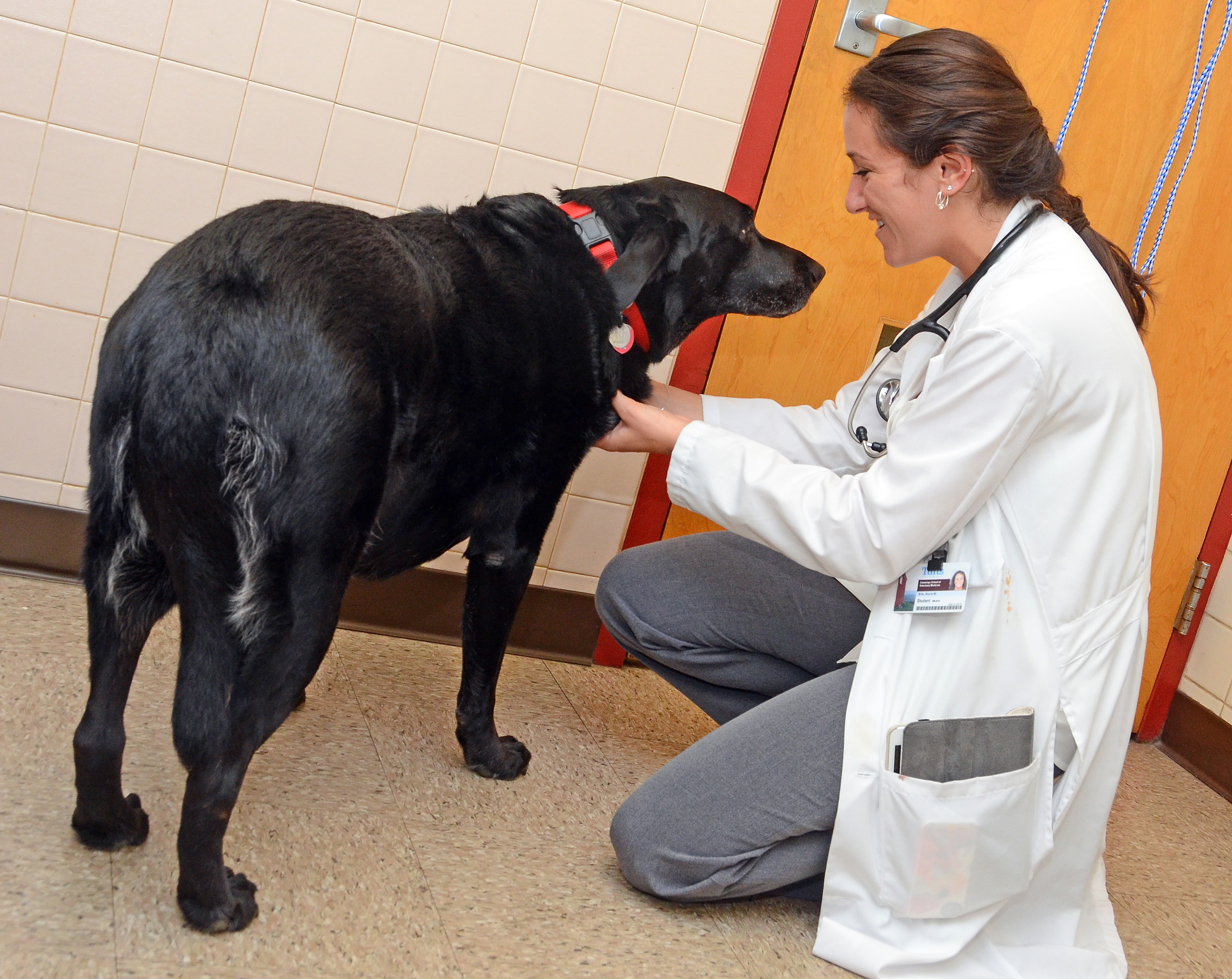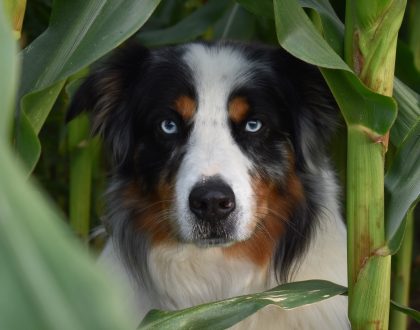My pet has kidney disease – what kind of diet should I feed?

While kidney disease can be a scary diagnosis, many dogs and cats can live comfortably for years with kidney disease if it is caught early enough and treated appropriately. While most drugs used to treat pets with kidney disease are only meant to reduce symptoms, feeding the right diet can have dramatic effects on survival – studies have shown that pets that eat diets designed for kidney disease can live twice as long as those who eat more typical diets.
The nutritional changes that need to be made depend on the severity of the kidney disease, but in general, pets with kidney disease should be fed diets reduced in phosphorus, protein, and sodium and supplemented with omega-3 fatty acids from fish oil. The most important of these nutrients for most dogs and cats is phosphorus. It is important to feed a low phosphorus diet to keep the pet’s blood phosphorus low, which is thought to slow the progression of kidney disease and improve survival.
As the kidneys are responsible for getting rid of the waste products from protein in the diet, diets for pets with kidney disease have lower amounts of protein to minimize the buildup of waste products in the blood as the kidneys fail, which can make your pet feel quite sick. If your dog or cat has protein loss in his or her urine, then a low protein diet is particularly important because lower protein diets reduce the protein loss, which can improve survival time. In addition to feeding a lower protein diet, you also need to avoid giving high protein treats such as meat, jerky treats, cheese, rawhides, pig ears, etc.
High salt (sodium) diets may increase blood pressure and may worsen kidney damage, so diets designed for pets with kidney disease are low in sodium. You should also avoid feeding high salt treats such as cheese, bread, deli meat, and many commercial dog and cat treats. Keeping to foods and treats that have less than 1 mg sodium per Calorie (kcal) is generally a good start. Low sodium treats include fruits and vegetables (but be sure to avoid grapes, raisins, onions, and garlic!)
There is some evidence that omega-3 fatty acids from fish oil may have benefits for cats and dogs with kidney disease, so many diets for pets with kidney disease contain added fish oil, or fish oil is added as a supplement if the diet doesn’t already have it. Talk to your veterinarian about whether fish oil is right for your pet and, if so, about optimal dose and a brand that has high quality control.
Diets designed for kidney disease are also designed to be non-acidifying whereas many dog foods and most cat foods are designed to be acidifying. Pets with kidney disease often become too acidic, so it is important that the diet be designed to help counteract this issue.
All of these modifications can be found in therapeutic diets that your veterinarian can provide to you or give you a prescription to purchase elsewhere. Unfortunately, diets that you can buy at the pet store are going to be too high in phosphorus and protein for pets with anything other than the mildest kidney disease and also are likely to be acidifying, so this is a time when you really do need to get a diet from your veterinarian if you want your pet to have the best nutrition!
Want to read more information on feeding your pet?
Subscribe to always know when we add new material!
Recommended Posts

Can Diet Help With My Dog’s Seizures?
January 18, 2024

The Most Popular Holiday Foods…That Your Pet Should Avoid!
December 08, 2023

Stalk About Nutritious: It’s Corn!
September 19, 2023

